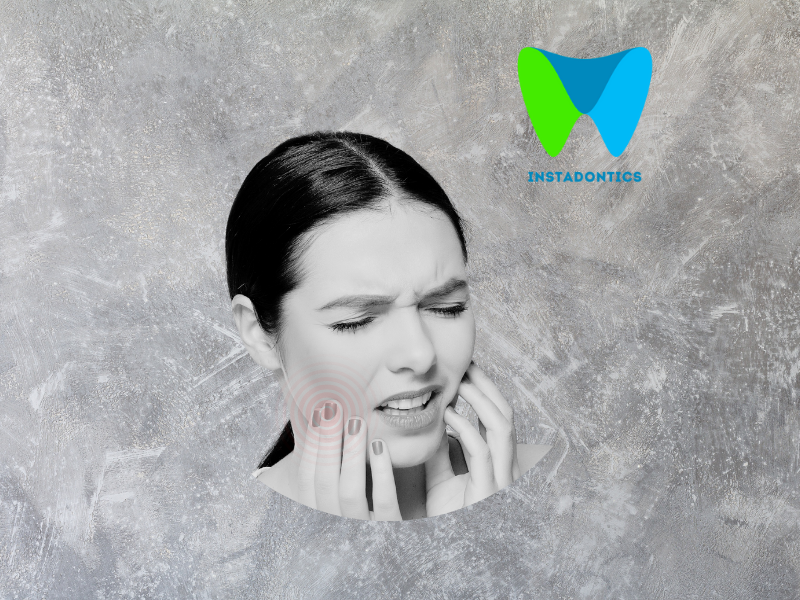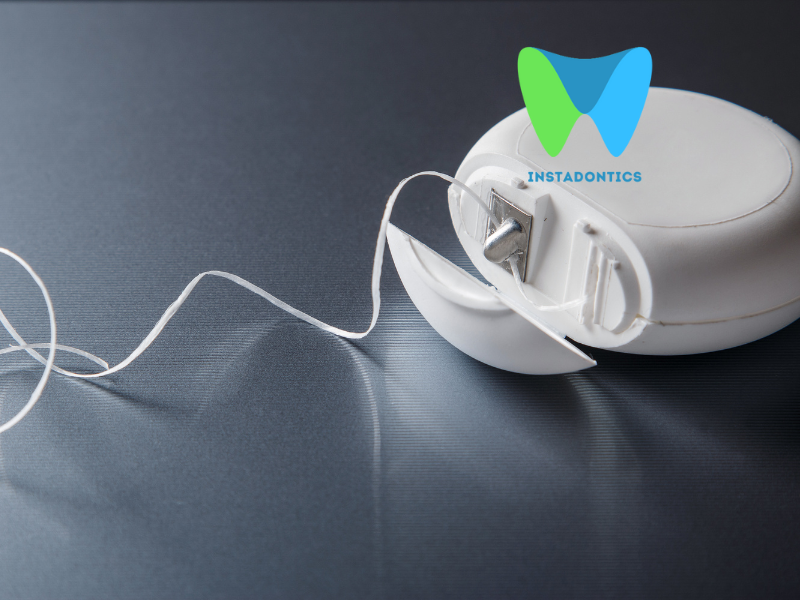Maintaining good oral health is essential for overall well-being, and regular dental visits play a crucial role in achieving this. During these visits, you may hear your dentist or hygienist refer to two types of cleanings: routine cleaning and deep cleaning. While both are important for oral hygiene, they serve different purposes and are performed differently. Understanding the distinction between these two types of dental cleanings can help you make informed decisions about your oral health care.
In this blog, we will explore the key differences between routine cleaning and deep cleaning, including their purposes, procedures, and when each is necessary. Whether you’re due for a dental check-up or simply want to enhance your knowledge about dental care, this guide will clarify what to expect during your next visit to the dentist. Let’s dive into the details and discover how these two types of cleanings can impact your gum health and overall dental well-being.
Is there a difference between routine and deep cleaning?
There is a significant difference between a routine cleaning and a deep cleaning in dental care. Understanding these differences is essential for maintaining optimal oral health. Here’s a detailed comparison of the two:
Routine Cleaning
Definition: A routine cleaning, also known as a preventive cleaning or prophylaxis, is a standard dental procedure aimed at maintaining oral health and preventing dental issues.
Purpose:
- To remove plaque and tartar buildup from the surfaces of the teeth.
- To polish the teeth, making them smooth and less prone to plaque accumulation.
- To check for early signs of gum disease or other dental problems.
Procedure:
- The dental hygienist or dentist will use a scaler to remove plaque and tartar from above the gumline.
- Teeth are then polished with a special toothpaste and a rotating brush.
- The cleaning usually includes a fluoride treatment to help strengthen the teeth.
- The procedure typically takes about 30 to 60 minutes.
Frequency: Routine cleanings are generally recommended every six months, although some individuals may require more frequent visits based on their oral health needs.
Deep Cleaning
Definition: A deep cleaning, also known as scaling and root planing, is a more intensive dental procedure aimed at treating gum disease, particularly periodontitis.
Purpose:
- To remove tartar and plaque from below the gumline and from the tooth roots.
- To smooth rough areas on the tooth roots that can harbor bacteria, promoting healing and reattachment of the gums.
Procedure:
- The dentist or dental hygienist will use specialized instruments to thoroughly clean the teeth and roots both above and below the gumline.
- This may involve local anesthesia to ensure comfort during the procedure, especially if the gums are inflamed or sensitive.
- The process may take longer than a routine cleaning, often requiring multiple appointments if extensive treatment is needed.
Frequency: Deep cleanings are typically recommended for individuals diagnosed with gum disease. The frequency of deep cleanings will depend on the severity of the gum disease and the individual’s response to treatment.
Key Differences
- Depth of Cleaning: Routine cleanings focus on the surfaces of the teeth above the gumline, while deep cleanings target the areas below the gumline and the roots of the teeth.
- Purpose: Routine cleanings are preventive, aimed at maintaining oral health, whereas deep cleanings are therapeutic, intended to treat existing gum disease.
- Invasiveness: Deep cleaning is more invasive and may require anesthesia, while routine cleaning is generally a comfortable procedure that does not require numbing.
- Time and Complexity: Routine cleanings are quicker and simpler, typically lasting 30 to 60 minutes, while deep cleanings can take longer and may require multiple visits.
Are there Differences in Cost ?
Yes, there is typically a difference in cost between routine cleaning and deep cleaning due to the complexity and extent of the procedures involved. Here’s a breakdown of the cost differences:
Routine Cleaning
- Cost Range: A routine cleaning usually costs between $75 and $200, depending on factors such as location, the dentist’s experience, and whether the patient has insurance coverage.
- Insurance Coverage: Most dental insurance plans cover routine cleanings at least once or twice a year, often with little to no out-of-pocket cost for the patient.
Deep Cleaning
- Cost Range: Deep cleaning, or scaling and root planing, generally costs more, typically ranging from $150 to $400 per quadrant of the mouth (with the mouth divided into four sections). The total cost can be higher if multiple quadrants need treatment.
- Insurance Coverage: Many dental insurance plans also cover deep cleanings, but coverage may vary. Patients may still have some out-of-pocket expenses, especially if they require extensive treatment.
Factors Influencing Cost
- Geographic Location: Dental costs can vary significantly depending on the region. Urban areas may have higher prices compared to rural areas.
- Dentist’s Experience: Dentists with more experience or specialized training may charge higher fees.
- Severity of Gum Disease: The extent of gum disease may affect the complexity of the deep cleaning, potentially increasing the cost if additional treatments or follow-up visits are required.
Related: An Overview of Tooth Filling Costs
In summary, routine cleanings are generally less expensive than deep cleanings due to their simpler nature and preventive focus. Understanding these cost differences can help you plan your dental care effectively and ensure you receive the appropriate treatment for your oral health needs. Always check with your dental provider and insurance company to get a clear estimate of costs and coverage for both types of cleanings.
Understanding the differences between routine and deep cleaning is crucial for maintaining optimal oral health. Routine cleanings are essential for preventing dental issues, while deep cleanings are necessary for treating gum disease. Regular dental check-ups will help determine which type of cleaning is appropriate based on individual oral health needs. If you suspect you have gum disease or have not had a cleaning in a while, consult with your dentist for a personalized evaluation and treatment plan.



